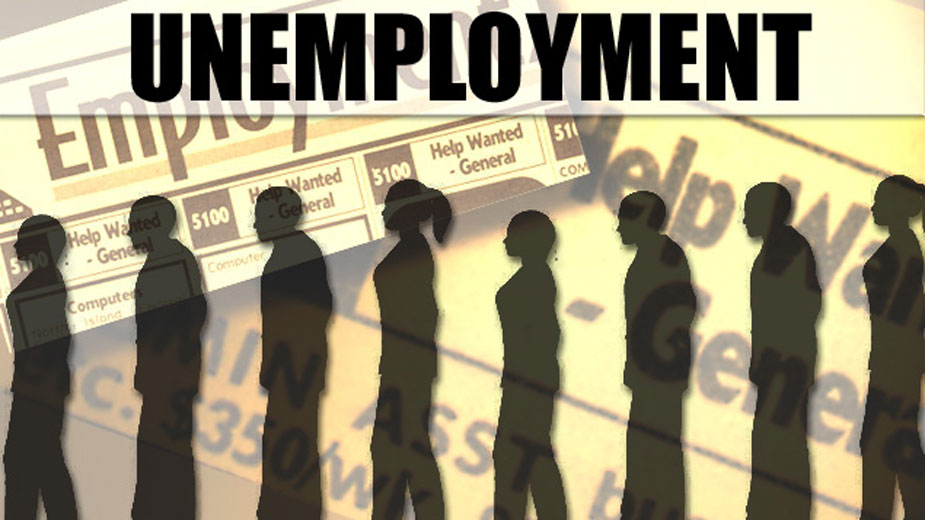Ongoing Jobless Claims in Ohio down More Than 8,000 from February
COLUMBUS, Ohio — Continued jobless claims in the state have dropped by more than 8,000 since the end of February.
Ohioans filed 51,187 continued unemployment claims for the week ended March 19, down 8,364 from the 59,551 filed the week ended Feb. 26, according to the Department of Job and Family Services.
Initial claims ticked down as well to 12,599, breaking a two-week climb. The week prior, Ohioans filed 13,470 initial jobless claims. Total jobless claims in the state came in at 63,786 for the week ended March 19.
Ohio’s unemployment rate in January was 4.3%, the agency said. The national unemployment rate in January was 4%. Ohio’s labor force participation rate in January was 61.5%, compared to 62.2% nationally.
Pennsylvania filed 7,835 initial jobless claims for the week ended March 12, according to the most recent data available from the Center for Workforce Information & Analysis. That’s up from the 7,681 claims reported the week prior. Continued claims in the commonwealth increased to 100,421 for the week ended March 12 from 99,337 the week prior.
Nationally, the number of Americans applying for unemployment benefits last week fell to its lowest level in 52 years as the U.S. job market continues to show strength in the midst of rising costs and ongoing virus pandemic.Jobless claims fell by 28,000 to 187,000 for the week ending March 19, the lowest since September of 1969, the Labor Department reported Thursday. First-time applications for jobless aid generally track the pace of layoffs.
The four-week average for claims, which compensates for weekly volatility, fell to 211,750 from the previous week’s 223,250.
In total, 1,350,000 Americans — a more than 50-year low — were collecting jobless aid the week that ended March 12.
Earlier this month, the government reported that employers added a robust 678,000 jobs in February, the largest monthly total since July. The unemployment rate dropped to 3.8%, from 4% in January, extending a sharp decline in joblessness to its lowest level since before the pandemic erupted two years ago.
U.S. businesses posted a near-record level of open jobs in January — 11.3 million — a trend has helped pad workers’ pay and added to inflationary pressures.
The Federal Reserve launched a high-risk effort last week to tame the worst inflation since the early 1980s, raising its benchmark short-term interest rate and signaling up to six additional rate hikes this year.
The Fed’s quarter-point hike in its key rate, which it had pinned near zero since the pandemic recession struck two years ago, marks the start of its effort to curb the high inflation that followed the recovery from the recession. The rate hikes will eventually mean higher loan rates for many consumers and businesses.
The central bank’s policymakers have projected that inflation will remain elevated, ending 2022 at 4.3%.
Earlier this month, the government reported that consumer inflation jumped 7.9% over the past year, the sharpest spike since 1982.
The Associated Press contributed to this report.
Published by The Business Journal, Youngstown, Ohio.



